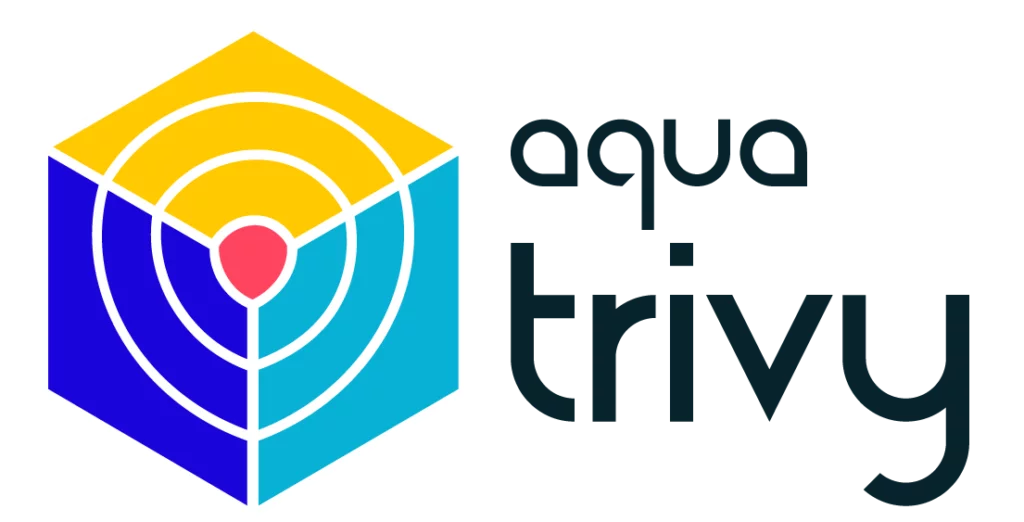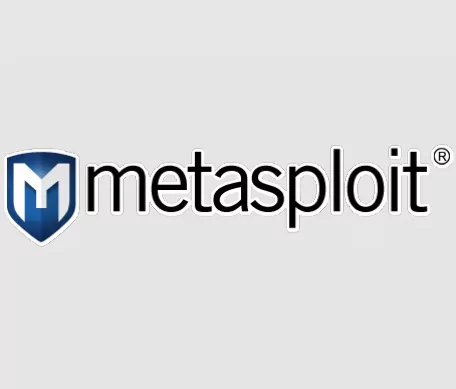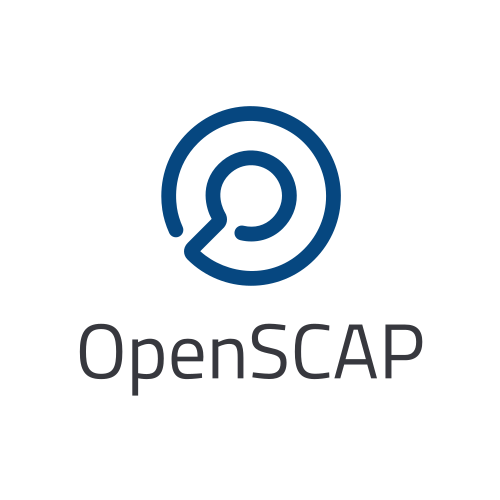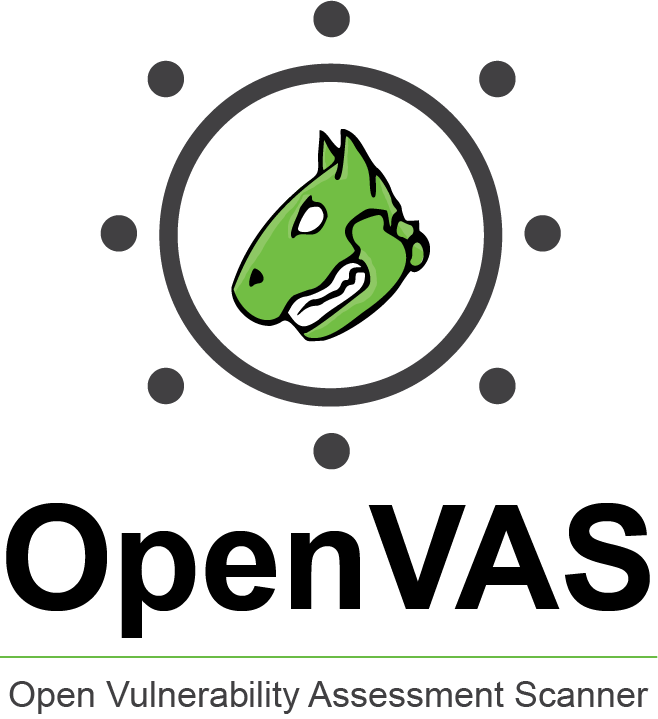Top 5 Open Source Vulnerability Management Tools
Discover the key features of vulnerability management tools and meet five of the most popular and feature-rich open source solutions.
What Are Vulnerability Management Tools?
Vulnerability management tools can automatically scan IT resources for vulnerabilities – weaknesses that can expose a resource to a cyberattack. Most tools also prioritize vulnerabilities, helping the organization understand which vulnerabilities pose the greatest risk to the business if they are exploited. They also suggest remediation activities, instructing IT teams and developers how to fix the vulnerability or mitigate the security issue.
Vulnerability management tools are a preventive security measure. They can help remediate underlying issues that could be exploited as an attack vector. These tools are complemented by runtime security tools like host intrusion prevention systems (HIPS) or anti-malware software, which can block attacks when they occur, as well as cloud security posture management (CSPM) that helps harden the cloud infrastructure where the software is run.
Some vulnerability management tools scan a network to detect connected resources and identify associated vulnerabilities. Other tools scan application binaries, source code, or open source components included within the applications.
In this article:
- Vulnerability Management Software Capabilities
- Top 5 Open Source Vulnerability Management Tools
- Aqua Trivy
- Metasploit
- Web Application Attack and Framework (W3AF)
- OpenSCAP
- Open Vulnerability Assessment System (OpenVAS)
- Choosing the Right Vulnerability Management Solution
- Vulnerability Management with Aqua Security
Vulnerability Management Software Capabilities
Here are key capabilities required of modern vulnerability management software:
- Detect, identify, and report—vulnerability management software must detect digital assets (e.g., applications, containers, open source components, operating systems), identify associated vulnerabilities, and provide reports and alerts to key stakeholders for appropriate issue management. These tools should compare results against security policies to support compliance and automation.
- Establish software bill of materials—vulnerability management tools can establish a comprehensive bill of materials (BOM) that catalogs all artifacts comprising a scanned project. This BOM serves as the baseline to identify and track new vulnerabilities introduced over time, or to benchmark a change in the project’s security status.
- Reporting, audit, and compliance—vulnerability management tools can be used to satisfy requirements for risk visibility and operational awareness by stakeholders across the organization. These capabilities help satisfy the requirements of internal and external compliance standards, control frameworks, or governance and audit mandates.
- Risk prioritization for remediation—vulnerability management solutions can correlate vulnerability severity, exploitable conditions, and asset context to limit distraction amid lengthy scan results and prioritize vulnerabilities for remediation.
- Remediation guidance—vulnerability management solutions can offer guidance for remediation, including version upgrade recommendations and suggestions for configuring compensating controls or mitigating factors.
- Control points and centralized management—vulnerability management solutions can be used to establish security control points across the software development lifecycle. This ensures consistent risk visibility with centralized management of scanner instances, API gateways, agents, policies, and reports.
- Integration and automation—each solution comes with options for integrating vulnerability management with tools across the application lifecycle, such as code repositories, container registries, package managers, build tools, security information and event management (SIEM), and issue management tools. It is important to note that some tools provide direct integration, while others offer API access. Vulnerability management tools that provide broader and deeper integration across the SDLC are highly capable of supporting DevSecOps and cloud native security.
Related content: Read our guide to vulnerability scanning process ›
Top 5 Open Source Vulnerability Management Tools
Aqua Trivy

Trivy is the most popular open source vulnerability scanner, with a wide array of integrations to support cloud native security in CI/CD pipelines and DevSecOps initiatives. Trivy identifies vulnerabilities in open source software, container images, and other cloud native artifacts, and performs quick risk assessments to help developers support security requirements without missing shipping deadlines.
Trivy is supported by a large community of contributors who continuously build add-ons and integrations. Examples include Helm charts to install Trivy in Kubernetes clusters and Prometheus exporters to extract vulnerability metrics.
Features:
- Comprehensive vulnerability scanning.
- Misconfiguration scanning for infrastructure as code (IaC) templates.
- DevSecOps support, including continuous integration workflows with tools like GitLab CI and Jenkins.
- Multi-target support, including container images, local filesystems, and remote Git repositories.
License: Apache 2.0
Repository: https://github.com/aquasecurity/trivy
Metasploit

Metasploit is a framework that allows ethical hackers to systematically probe vulnerabilities of servers and networks. The framework’s open source nature lets you easily customize and use it with most popular operating systems.
Metasploit allows penetration testers to probe networks using custom or ready-made code that exploits known security weaknesses. This process of detecting flaws can help prioritize vulnerabilities for remediation and strengthen the system.
Features:
- Over 25 platforms with 1,677 exploits, including support for Android, PHP, Java, Python, and Cisco network equipment.
- Hundreds of payloads, including:
- Command shell payloads—let you run random commands or full scripts against a host.
- Static payloads—enable communications and port forwarding between networks.
- Dynamic payloads—let you create unique, AV-resistant payloads.
- Meterpreter payloads—let you use VMC to commandeer device monitors to download and upload files or take over sessions.
License: Multi-license with BSD 3 clause.
Repository: https://github.com/rapid7/metasploit-framework
Web Application Attack and Framework (W3AF)

W3AF is a free, open source web application vulnerability scanner. It helps ethical hackers and penetration testers discover and exploit vulnerabilities so follow-up actions can be taken to secure web applications, with support for a broad range of vulnerabilities. In addition to vulnerability scanning, W3AF offers exploitation capabilities for penetration tests.
Features:
- W3AF offers a complete environment and diverse plugins to perform vulnerability assessments and penetration tests, coordinated by a core solution strategy. Plugins include:
- Attack plugins—exploit any known vulnerability.
- Evasion plugins—modify requests to avoid detection by an intrusion prevention system (IPS).
- Brute force plugins—use remote web app data to automatically brute-force logins.
- Authorization plugins – scan web applications protected by authorization, logging in, logging out, and regularly checking current session activity.
- Crawl plugins—identify new resources, such as forms and URLs, useful for the brute force and audit phases.
- Mangle plugins—modify requests independently.
- Grep plugins—analyze all requests and responses to identify web app information such as cookies, comments, emails, and errors.
- Output plugins—configure the framework’s generation of results and reports.
- Infrastructure plugins—identify web app-related information outside the source code, such as web application firewalls (WAFs), remote operating systems, remote users, and HTTP daemons.
License: GPLv2
Repository: https://github.com/andresriancho/w3af
OpenSCAP

OpenSCAP is a community-developed framework offering a set of tools for vulnerability scanning, assessment, and measurement and helps you create security measures. It supports Linux only.
OpenSCAP lets you check a system’s security configuration settings and identify indications of compromise (IoCs) using rules based on specifications and standards. It uses a NIST-maintained line of specifications known as SCAP, which helps standardize the system security maintenance approach. The NIST SCAP release cycle governs new specifications to ensure consistent, replicable revision workflows.
Features:
- Command-line interface (CLI).
- Over 25 open source contributors.
- Available software source code.
- Based on Common Weakness Enumeration (CWE) naming conventions.
License: LGPLv2.1.
Repository: https://github.com/OpenSCAP
Open Vulnerability Assessment System (OpenVAS)

OpenVAS is a scanner component in the Greenbone Vulnerability Manager (GVM) software framework, which offers vulnerability detection and management for various services. It provides authenticated and unauthenticated testing, several low- and high-level industrial and Internet protocols, large-scale scan performance tuning, and a robust internal programming language that can implement all types of vulnerability tests.
Features:
- Support for over 26,000 common vulnerabilities and exposures (CVEs).
- Built-in reporting feature enabling the creation of vulnerability assessment reports, with the option to combine multiple scans into a single report using pie charts and tables.
- Support for Linux and Unix systems.
- Default availability with Kali Linux.
License: GPLv2.
Repository: https://github.com/greenbone/openvas-scanner
Choosing the Right Vulnerability Management Solution
Here are a few criteria for evaluating a vulnerability management solution:
- Quality and speed—scanning for vulnerabilities is a time-sensitive process, since unpatched, exploitable vulnerabilities can be open windows of opportunity for attackers. Capable vulnerability management solutions should optimize scan times and minimize false positives.
- User experience for security experts and developers—in a modern DevSecOps environment, security, operations, and development teams share responsibility for vulnerability management. Prefer a tool that provides value for all three of these roles without impeding established workflows – a tool that is difficult to use is difficult to adopt across the organization, which can lead to gaps in security coverage.
- Coverage and flexibility—ensure the solution covers popular operating systems, infrastructure components, open source libraries, and programming languages or frameworks. Give preference to vulnerability management solutions that can be deployed in on-prem data centers, public clouds, hybrid cloud environments, and available as software as a service (SaaS) solutions.
- Compliance—many compliance standards have specific requirements with regard to vulnerability management, such as PCI-DSS. Ensure the tool supports relevant standards and is able to generate reports in a format required by each standard. Additionally, ensure you are able to configure and automatically enforce policies aligned to these standards, minimizing the risk of non-compliance without manual intervention.
- Prioritization—ensure the solution provides a variety of risk prioritization options that account for business criticality of the associated artifacts, risk severity, exploit availability, remote accessibility, and data sensitivity. There should be robust automated prioritization and manual prioritization options to reflect your organization’s specific security priorities.
- Remediation guidance—ensure the solution provides remediation guidance that is useful and actionable for security staff, operations teams, and developers.
Vulnerability Management with Aqua Security
Aqua Security’s cloud native application protection platform (CNAPP) provides capabilities and controls to manage vulnerabilities across the application lifecycle, from build into production runtime. Scan cloud native artifacts (e.g., open source libraries, container images, IaC templates, VMs, etc.) to identify vulnerabilities and prioritize them for remediation. Establish automated security gates at stages across CI/CD pipelines to ensure security with each commit and check-in.
For more information, check out Aqua’s solutions for container vulnerability scanning in cloud native environments ›
